Which Considerations are the Most Critical?
Many factors contribute to successful waterfowling. Of course, when duck and goose hunters discuss the keys to filling straps, the question of importance arises.
It's not a fair question. Critical factors vary based on habitat, the flyway, phase of the season and even hunters themselves. But just to stir the pot, here's one hunter's list of factors for success, in order of importance.
Click here for more Realtree waterfowl hunting content. And check us out on Facebook.
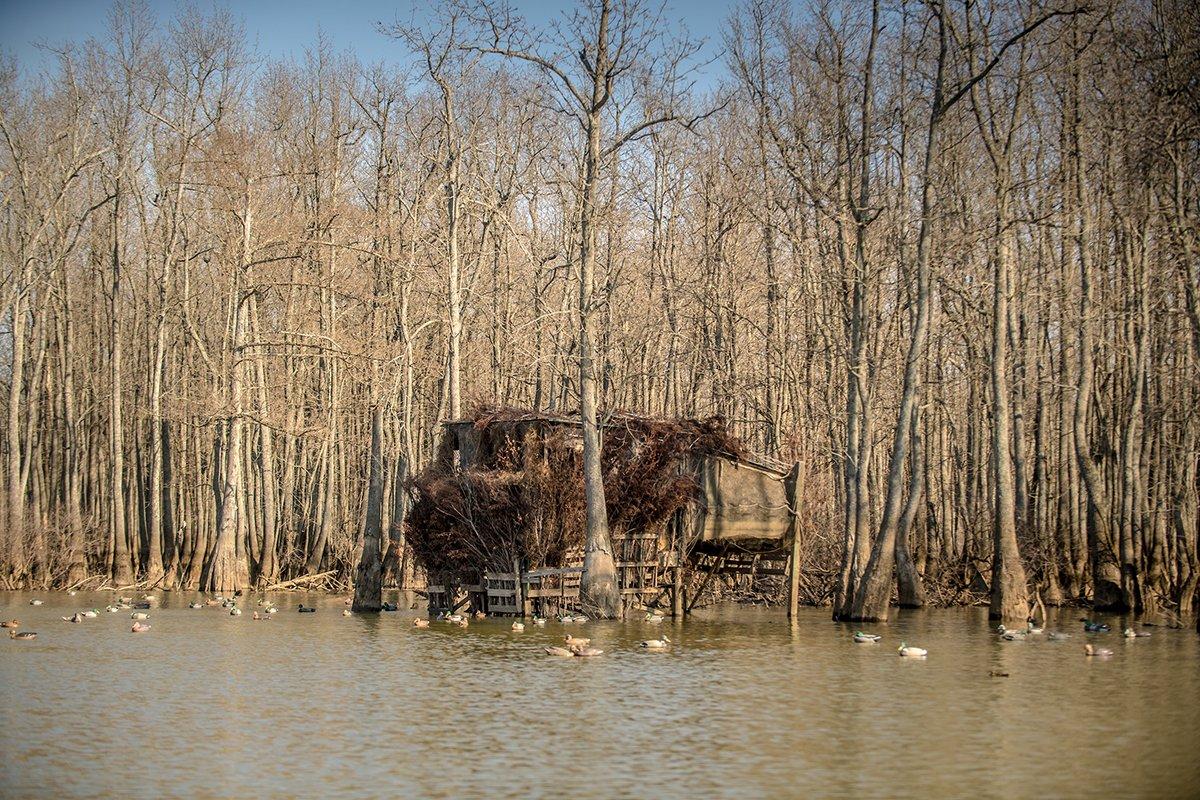
No matter where and when you huntyou must be where ducks and geese want to go, or at least where you have a reasonable chance of convincing them. Just like the guys with the best ground kill the most turkeys and the biggest bucks, the waterfowlers with the top spots shoot more limits.
The best location scenarios vary. Often, they involve food. Other times, they could be loafing areas or spots where birds feel safe. And sometimes, they're roosts, funnels or high-percentage traffic areas. The message stays the same, though: Learn where ducks and geese like to travel and hang out, and then hunt there.
Photo © Craig Watson

I'll hitch this to migration. Obviously, Canada offers pretty awesome hunting in September, but I wouldn't want to toss decoys there in January. Conversely, Arkansas and Louisiana are just getting warmed up when their Northern brethren are drilling ice-fishing holes.
On a micro scale, timing of a week or even a few days can be critical with migrating birds. The peak of the canvasback or bluebill migration might arrive in a hurry but then slowly wane as birds migrate or become stale from pressure. Likewise, freeze-up shooting for mallards can be excellent ‚ until too much water freezes and food sources get covered in white stuff.
Day to daytiming is still important. If it's warm, early mornings are usually tops. Other times, midday hunts can be better. That relates heavily to location. Don't just focus on where ducks fly and feed. Learn when they do it.
Photo © Tom Rassuchine/Banded
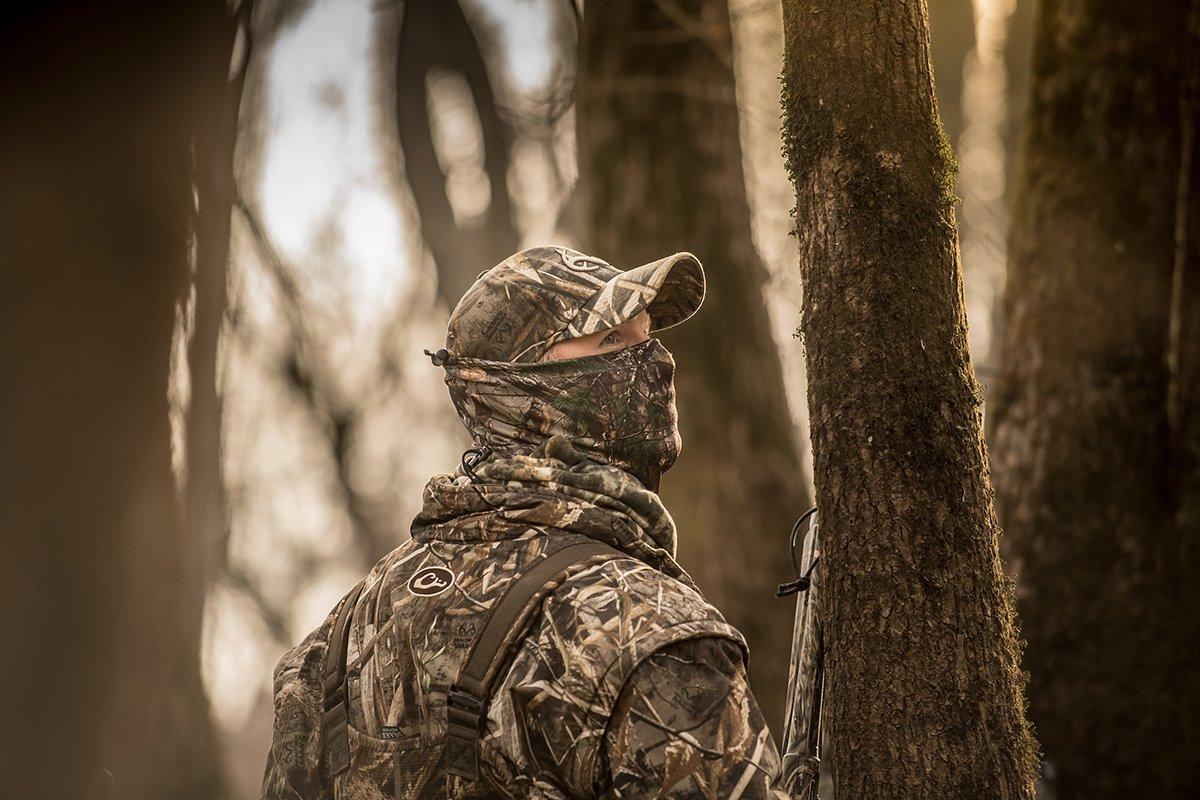
Basic stuff, but it's true. If you ain't hiddenyou ain't shooting. At least much. Covering your boat and body with Realtree Max-5 helps a lot. Augmenting that camo with natural cover ‚ grass, cattails or trees, or even keeping a low profile along shorelines ‚ increases your odds. And not to sound like a broken record, but keep the sun at your back whenever possible. It makes a huge difference.
Photo © Craig Watson
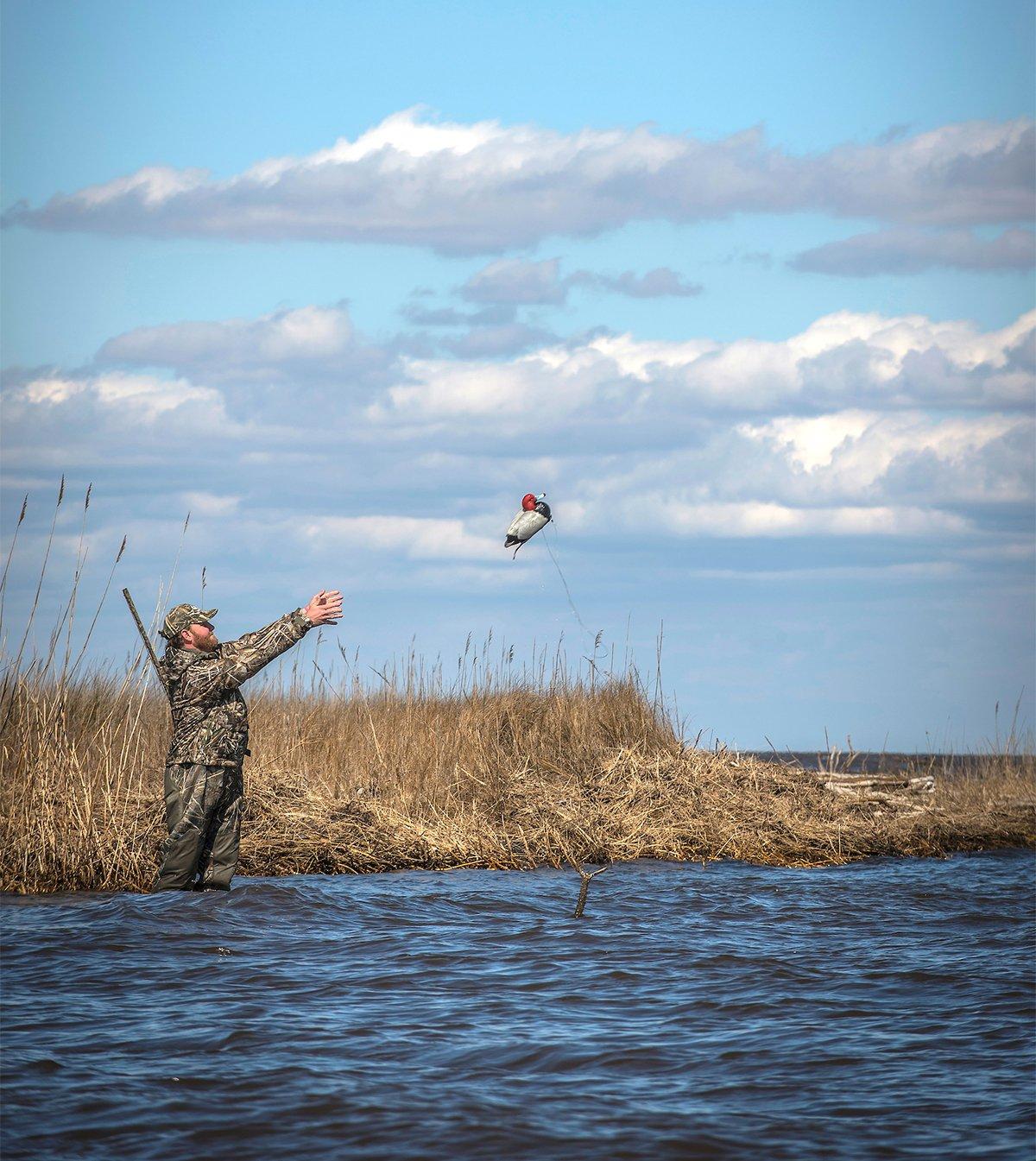
You can be hidden and in the right place at the right time, but if your setup sucks, you might struggle to shoot birds. This encompasses many details. You want birds coming into the wind toward you or at least at a 90-degree angle. However, you usually don't want them coming directly toward your hide, as that puts their eyes right on you. It's better to offset your approach and landing area slightly. Also, even on small waters, you need to be at the spot on the spot. Where do birds enter a slough or field? What terrain or water factors seem to funnel their approach? Observe how ducks and geese set up, approach and land at a spot. Set your trap accordingly.
Photo © Bill Konway

You can flip-flop the importance of decoys and calling based on the type of hunting you're doing. Big-water hunters rely on solid spreads. Field guys need them, too. Decoys become less important at smaller sloughs or streams, or, of course, when jump-shooting. And a varied spread helps, too. Use decoys with various postures, and place them in realistic fashion.
Photo © Tom Rassuchine/Banded
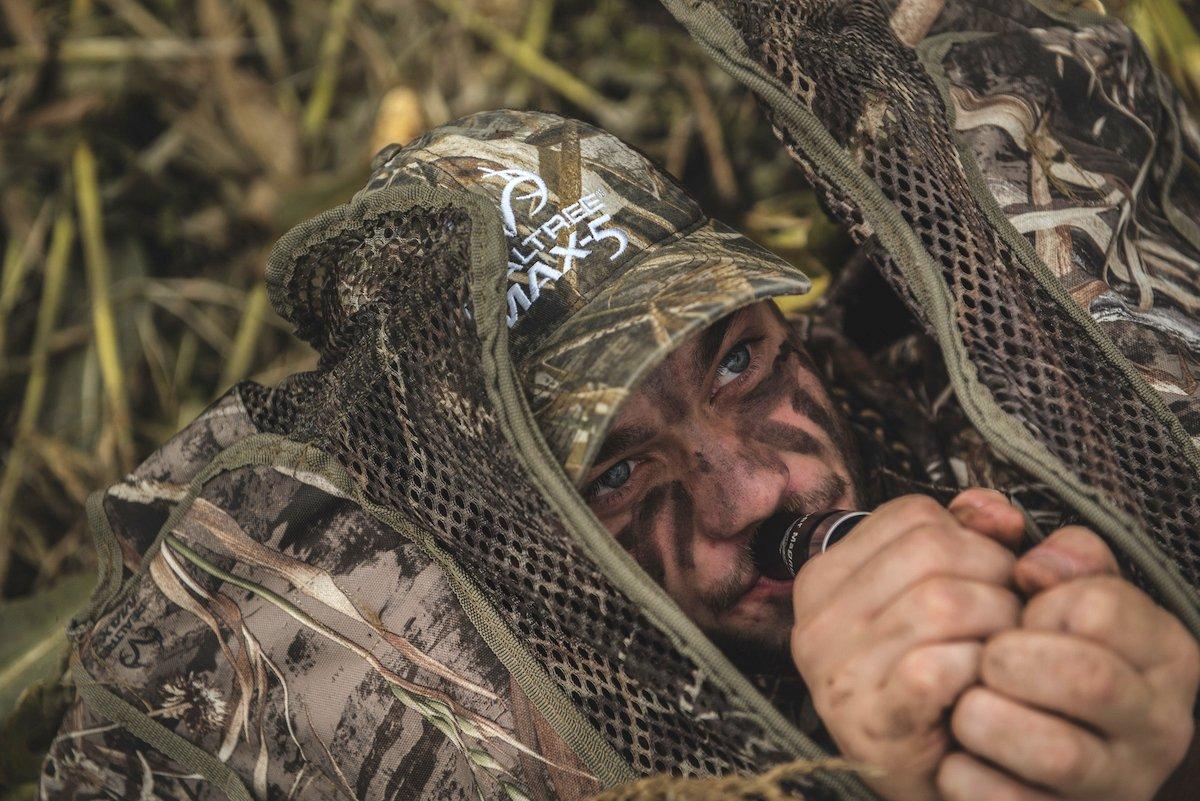
Sounding like real ducks or geese is extremely important in traffic and timber hunting. If you're not on the X, good calling can swing birds low for a look ‚ maybe even land some. And in green timber, solid calling is a must. Ducks can't see well through the canopy of trees, so calling lets them know their buddies are having a party below.
Photo © Craig Watson

Again, no secrets. If you can't hit ducks and geese on the wing, you won't kill any ‚ even if you do everything else right. You don't have to be a league-champion skeet shooter to take limits. Just focus on being a solid, consistent field shot. Moreover, learn when to call the shot precisely.
Photo © Craig Watson
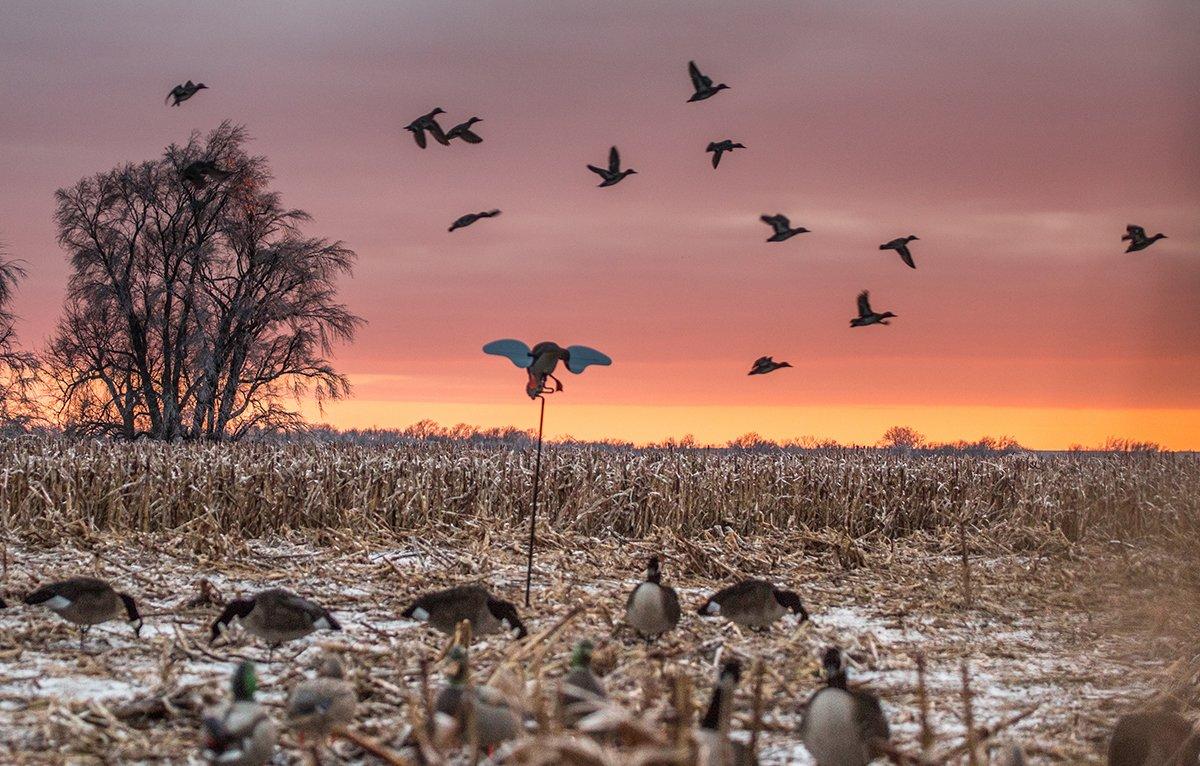
This finishes last in my book because I think many people rely on spinners too much nowadays. Granted, spinning-wing decoys are a must for field ducks, and they still work well on young early-season birds. But many other times, all they do is whir. The importance of movement increases exponentially during calm days, when your decoys look like fakes. In those cases, I favor jerk-strings or other on-the-water motion enhancers to put some life in your spread.
Photo © Craig Watson






